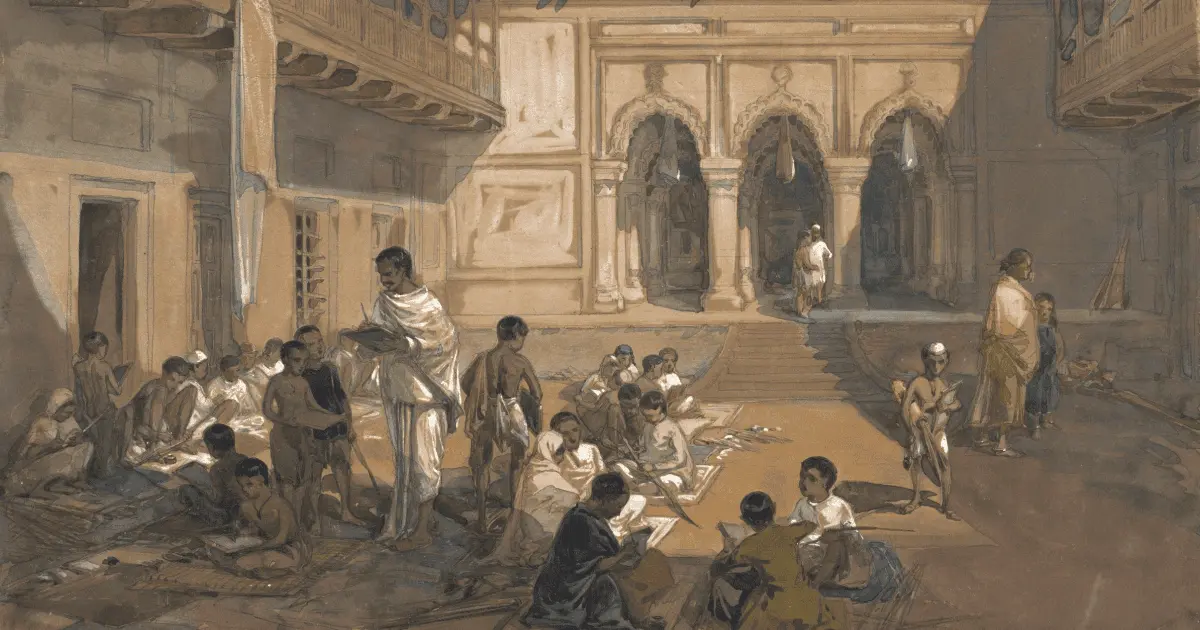
Culture Compatible Public Policy
This essay discusses how public policy could benefit from an infusion of cultural values and mores, and alter the way we think of institutional design.
Dhīti is a blog for long form essays, expressions of civilizational voice, cinema and literature review, and more.

This essay discusses how public policy could benefit from an infusion of cultural values and mores, and alter the way we think of institutional design.
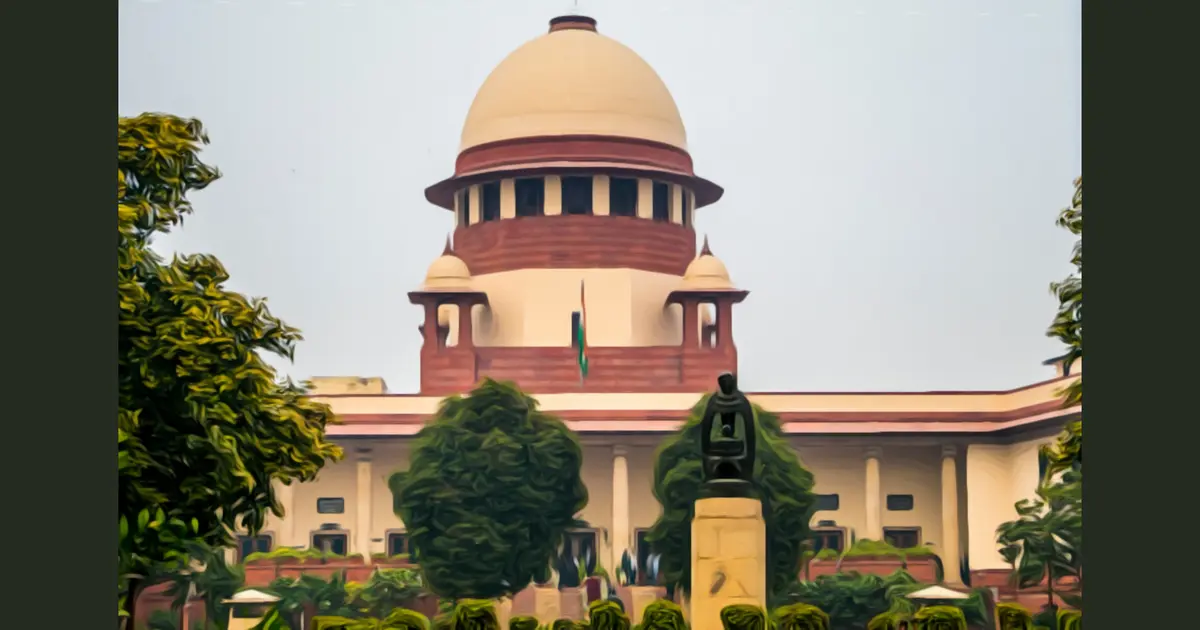
Understanding recent Supreme Court of India verdict of granting ancestral property rights to children from void/voidable marriages from the lens of Dharma.

Marriage is known in Vaidika Saṃskṛti as vivāha: a key stage in life, and a crucial pillar of society in the dhārmika civilizational worldview.
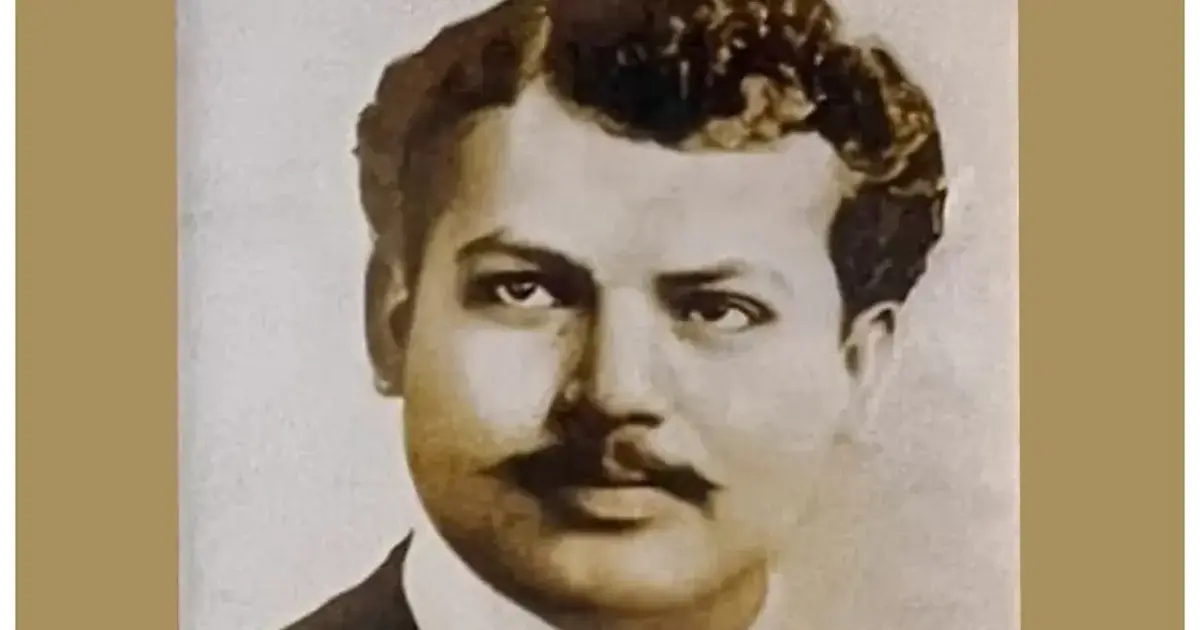
A heartfull piece to learn about Subodh Mallik, a close partner & confidante of Śrī Aurobindo Ghosh and how his house became the center point of Swadeshi Movement.
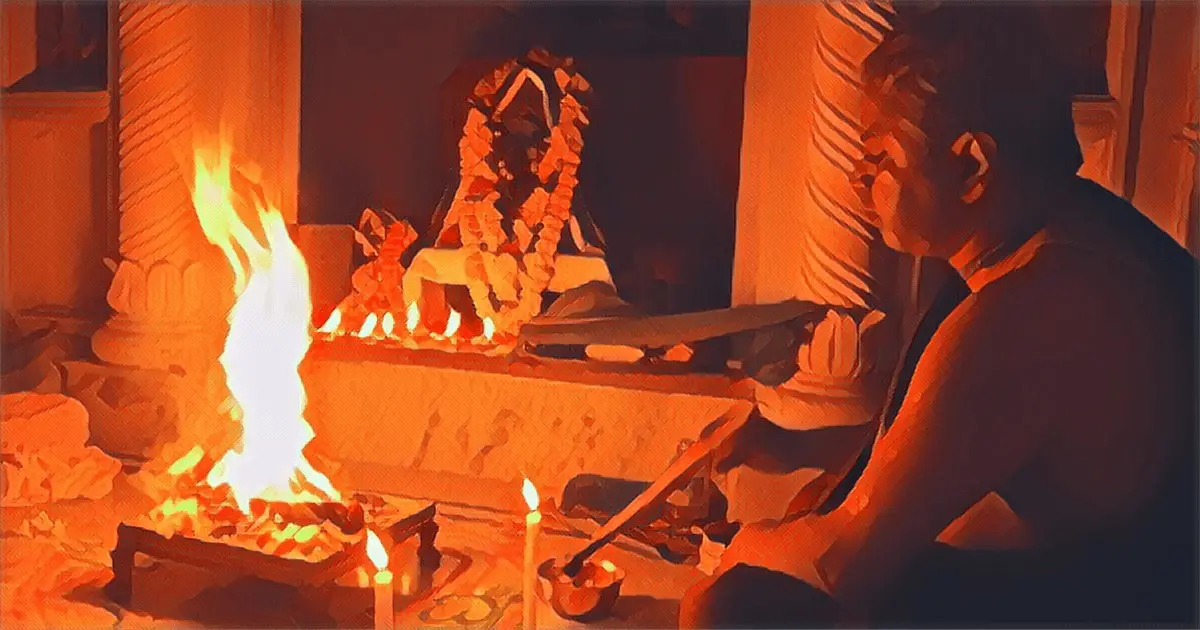
Anecdotally, every Bhāratīya who has grown up in an urban setting knows people who can only visualize their own lives through the language and events of American TV shows like FRIENDS and The Office. Let's call this American Homogeneity. This is the concluding part of Samyak Dixit's ongoing series reminiscing on the past, present, and future of the Indian psyche.

Anecdotally, every Bhāratīya who has grown up in an urban setting knows people who can only visualize their own lives through the language and events of American TV shows like FRIENDS and The Office. Let's call this American Homogeneity. Samyak Dixit's article, the third installment in his ongoing series, reminisces on the past, present, and future of the Indian psyche.
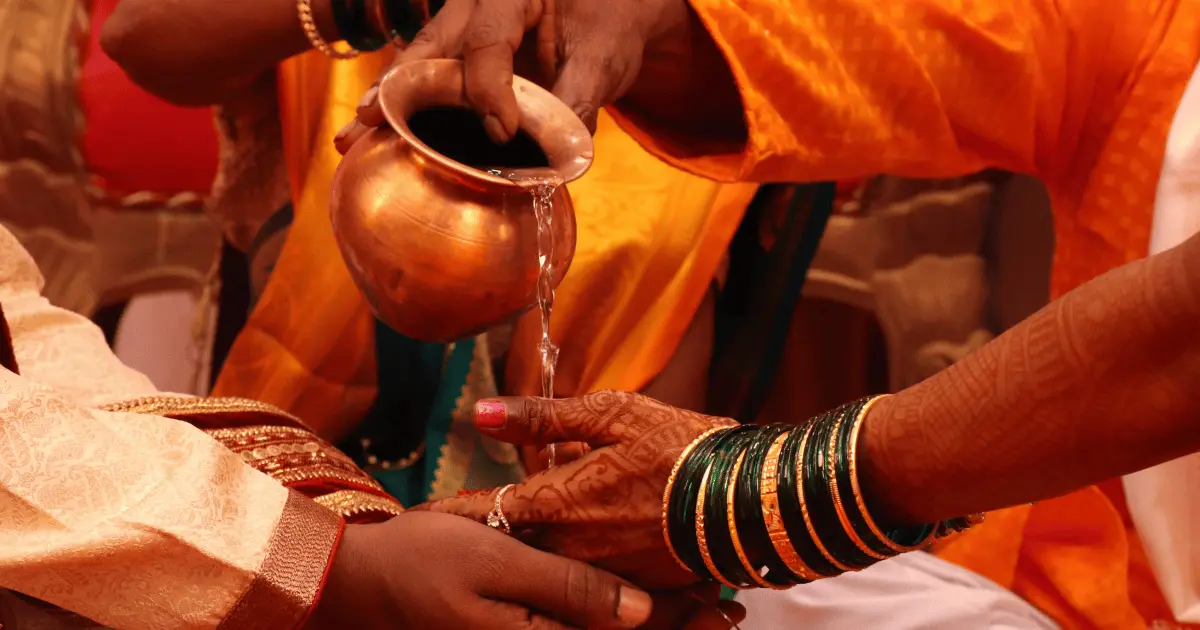
The institution of marriage: a sacred yajña, a pathway to cosmic evolution, and the rhythmic balance between individuality and collective harmony.
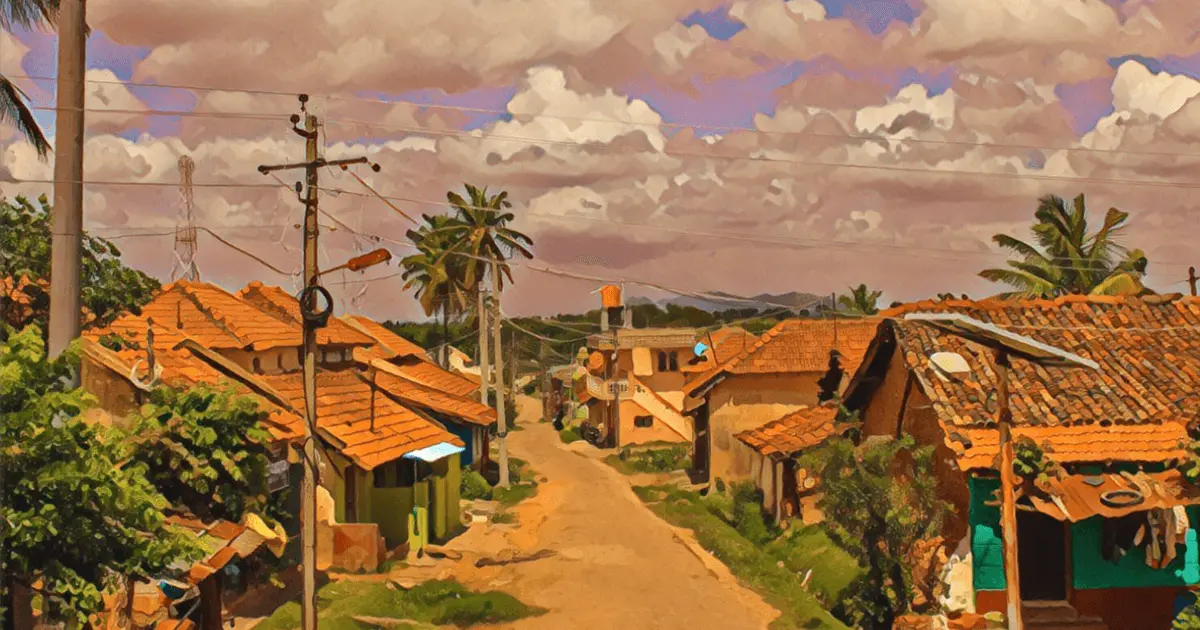
Sanātana Dharma always works within the universal principles but it provides enough room for creativity and innovation. To move the discourse on environmentalism further, we have to apply the framework which has existed from time immemorial to design our actions and processes, the design of Dharma itself, Ṛta in Design.
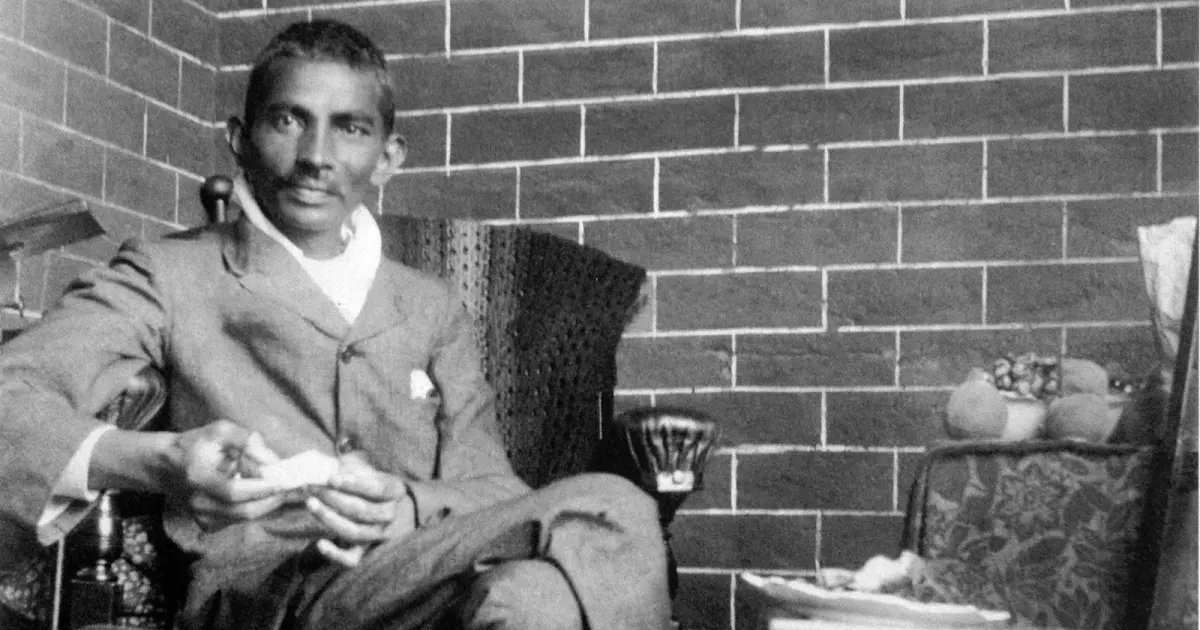
A look into the final destination of the intellectual journey of the group of people the author calls the 'Legacy Elite', or the 'Old Elite'. Part 2 of the decipherment of the taste of the broth of Dreams that our Elite has prepared for our consumption.